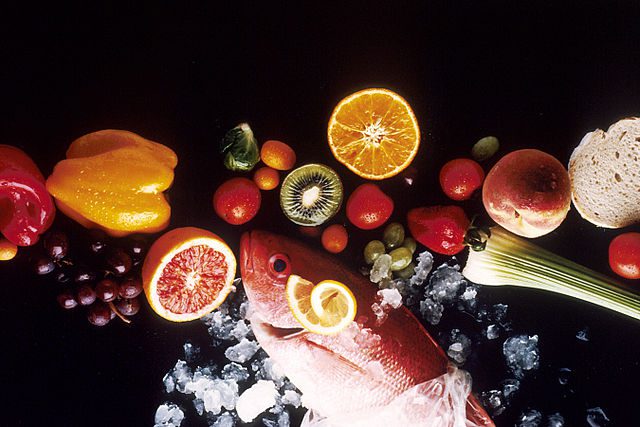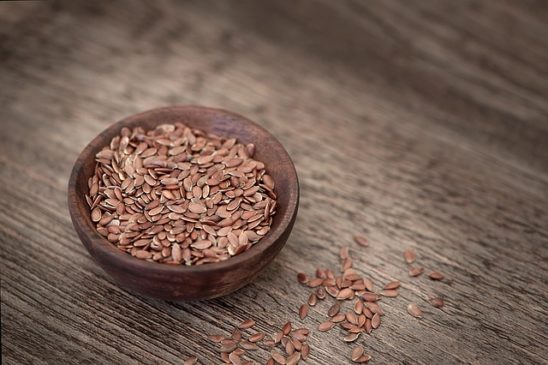Diabetes cannot be completely treated, but it can be effectively managed and kept under control with some dietary tweaks and lifestyle modifications in addition to medications. In this article, We will discuss diabetes superfoods to manage diabetes naturally.
Experts say that a diet, which is rich in nutrients, has healthy fats in moderation, and is low in carbs and calories is apt for a person with diabetes. We are, by no means, saying that in the name of eating healthy, you should live a life of deprivation. Management of diabetes is more about adjusting what you eat when you eat and in what quantities you eat. So, here we are with some superfoods for managing diabetes effectively.
Tomatoes:
These are laden with lycopene, vitamin C and vitamin A. They help reduce the risk of heart complications related to diabetes. Tomatoes are low in carb and calories too.
Lycopene, a wonderful nutrient in tomatoes, is a powerful antioxidant, which prevents prostate cancer and heart ailments. So, add some juicy tomatoes to your sandwich or use it as a topping for veggies and other foods that are diabetic friendly.
Flaxseed:
Loaded with an insoluble fiber, called lignan, flaxseeds help fight hunger pangs. They reduce the complications associated with diabetes and help manage blood sugar levels in the body improving insulin sensitivity and gut health.
Flaxseed also helps decrease blood sugar and prevents prostate cancer. Flaxseed has alpha linolenic acid (ALA), which is good for diabetics. It has just the right ratio of omega-3 and -6 fatty acids to help prevents heart diseases and certain types of cancers. It is long known fact that in the stomach, ground flax can blunt the spike of blood sugar.
In a study, diabetic subjects consumed a tablespoon of flax seeds each day for a month and when compared with a control group, it was found that there was a significant reduction in the blood sugar levels, triglycerides, cholesterol and A1C level in the former.
Beetroot:
These are not just satisfying and delicious, but also have less content of carbohydrates. Packed with minerals, vitamins, phytonutrients and fibers, beetroot helps manage diabetes.
The natural sugar present in beetroot does not get converted into glucose quickly and this is a good thing for diabetics. According to research, eating beetroot is beneficial for people with high blood pressure.
High BP is a common complaint among diabetics. There are nitrates present in beet juice that contribute to blood pressure-reducing effect of beet root. These nitrates help widen the blood vessels; thereby, normalizing blood flow.
Pumpkin Seeds:
When you fill yourself with pumpkin seeds, you do not get cravings for sugary and fatty foods. They are packed with iron and unsaturated fat. However, one must eat these in moderation.
Many studies have revealed that when you supplement your diet with pumpkin juice or seed, the blood sugar levels in diabetes reduces. The high content of magnesium in pumpkin may be held responsible for delivering positive effects on diabetics. Thus, consider pumpkins for a healthy living.
Mixed Nuts:
Nuts are definitely tasty, crunchy and delicious. They are rich in omega-3 fatty acids with low glycemic index score. So, they help manage the levels of blood sugar.
Mixed nuts are rich in antioxidants, and the nutrient content of nuts helps maintain blood sugar levels. The overall nutrient content and essential oils reduce diabetic inflammation, LDL (bad cholesterol) and blood sugar levels. Consume a handful of nuts daily as these are any day good for your health.
So, when you are looking for a diabetes friendly snack, you can’t avoid nuts. These are super-snacks for people with diabetes as they make for a complete package – high in fibers, proteins, healthy fats and low in carbs – and give you a feeling of fullness.
Whole Grains:
Oats and barley are superfoods, rich in fibers that get digested slowly; thus, preventing an immediate rise in the blood sugar levels. Whole grains have iron, vitamin B and minerals as well.
They keep the digestive system healthy while reducing the levels of bad cholesterol and maintaining the normal levels of blood sugar. If you consume whole grains regularly, it will help prevent weight gain, which is in itself a very important risk factor for diabetes.
So, eat a good selection of whole grain foods as they have more nutrition as compared to non-whole grain counterparts. These have more fiber, which is good for digestion with lesser impact on blood sugar. Moreover, these are a good source of magnesium and zinc along with vitamins B and E.
Bitter Gourd:
It has some really active substances that possess anti-diabetic compound charantin that helps lower blood glucose. The other active substances are vicine and polypeptide-p. The best way to eat bitter gourd is to have it in the form of juice early morning on empty stomach.
Fenugreek:
Just like whole grains, fenugreek is also rich in fiber and makes you feel full for a long duration. Seeds of fenugreek regulate the absorption of sugars and carbs in the body, improve glucose tolerance and decrease the LDL levels. Soak them and have them early morning on an empty stomach.
Guava:
It is rich in fiber and has a low glycemic index score. It can also help with constipation. It also slows down the absorption of sugar in the body.
Oranges and Citrus Fruits:
These are a great source of fiber. To maximize the benefits, eat whole fruits instead of drinking their juice. According to studies, consumption of citrus fruits can lower the chances of diabetes but drinking juice can actually up the risk.
The glycemic index score of an average orange is 40 while the number for unsweetened orange juice is 50. Standing at a score of 25, grapefruit has the lowest GI scores among all fruits.



1 comment
This article must be read by everyone and create awareness about how to manage diabetes naturally because nowadays even children suffer from it.